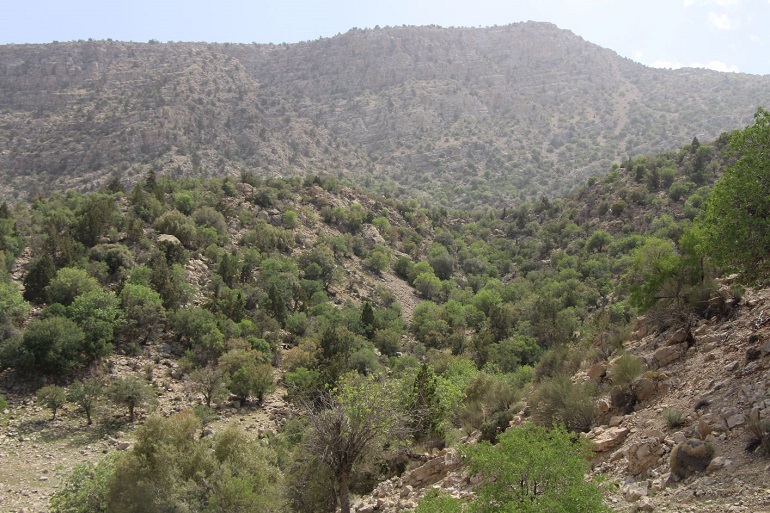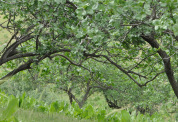Professor Arkadiusz Nowak in quest of Garden of Eden

A Pistacio khinjuk grove in the Zagros Mountains in Iran
A team of
botanists from Poland, Iran and Armenia has discovered the vegetation archetype
of the Garden of Eden described in the Old Testament!
Following
clues from the Book (the tree of life, the tree of wisdom, the eastern location,
the presence of incense, the confluence of four rivers, the mountains of gold
beyond paradise, the abundance of forage, medicinal, culinary species, safety,
etc.), and analyzing about 1000 patches of various plant communities from
Sicily, through Sudan, Mesopotamia, Iran to Tajikistan, Afghanistan and the
Indus Valley civilization area), scientists, including Prof. Arkadiusz Nowak,
have selected the two types of vegetation that best fit the description, which
became the image of paradise for our ancestors from about 7-8 thousand years
ago.
They saw it as a pistachio grove (Pistacia khinjuk or Pistacia vera). Interestingly, the most species-rich type of such a grove fitting the description was found on the southwestern slopes of the Zagros Mountains in Iran, and this site is only about 50-100 km from ancient Susa. It is likely that pistachio groves, being rich, fertile, luminous and safe, were an asylum for people living in river valleys in case of wars and disasters.
Unfortunately, the forecast for the survival of the 'paradise' vegetation made by botanists is very pessimistic. Climate warming means that perhaps in just 50 years or so, before the eyes of the world's 8 billion people, the archetype of the land of happiness will disappear from the face of the Earth.
Link to the article: https://link.springer.com/article/10.1007/s10113-022-01929-9
In the photos below:
Jan Brueghel - Paradise with Fall of Man
A pistachio grove (Pistacio vera) in Tajikistan





